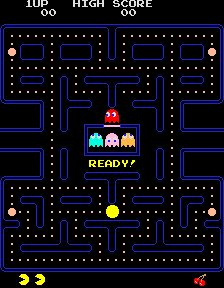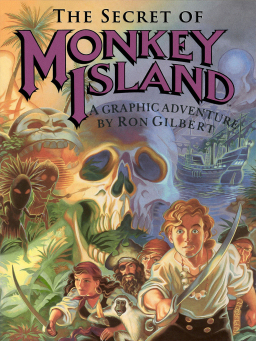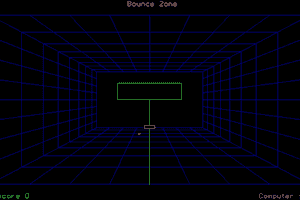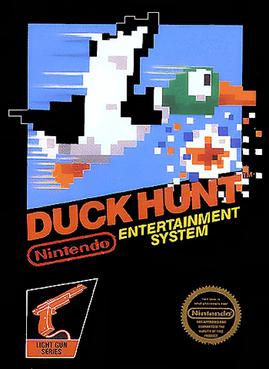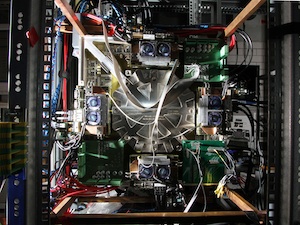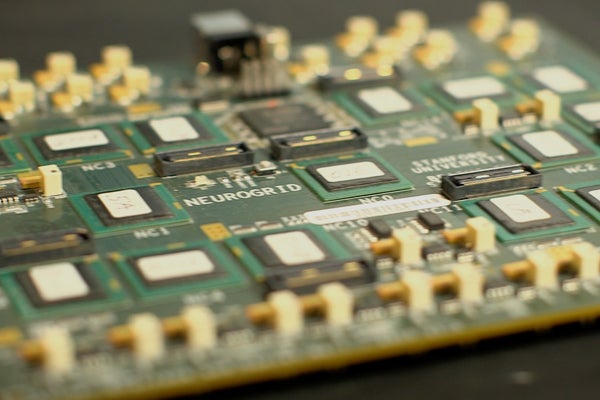 |
| http://www.amazon.com/Reality-Is-Broken-Better-Change/dp/0143120611 |
As a precursor to the talk I asked people via our internal network (Yammer) about their favourite games, and boy did it create a buzz:
"At 1pm AUS time today I'm having a chat with a few people about #gamification (games, game mechanics etc.). I'm wondering - what are some people's favourite games (offline/online/physical no boundaries here but that you play yourself rather than watch)?
One of my favourites is the Myst series originally on PC"
49 replies later, here's a compilation of some of the games mentioned.
Let's start with my own favourite Myst:
 |
| http://cyan.com/games/myst/ |
Myst was one of the first "adult" games that I played at primary school in our Mac lab. I don't think I ever finished it at that point, but the magic of navigating around a completely fabricated world holds a soft spot in my childhood memories.
A few classics started the thread:
One of our ex-employees from Facebook chimed in at this point with one of their gamified workflow tools - one in which they can "catch" Pokemon!
 |
| https://www.facebook.com/notes/facebook-engineering/under-the-hood-timeline-apps-behind-facebook-engineering/10150927846438920 |
2048 came in next - one I'd not heard of (given it was created this year - that made sense!). Basically a 4X4 grid where players slide the tiles around to ultimately create a tile with the number 2048.
 |
| http://en.wikipedia.org/wiki/2048_(video_game) |
Things took a quirky turn with the out of this world Robot Unicorn Attack...
| https://play.google.com/store/apps/details?id=com.RobotUnicornAttack&hl=en |
Quite a few Nintendo fans with Super Mario, Donkey Kong, and Legend of Zelda to name a few of the titles that came up.
Definitely one I know I spent a few hours on, the source of many 80's and 90's catchphrases - get over here - Mortal Kombat.
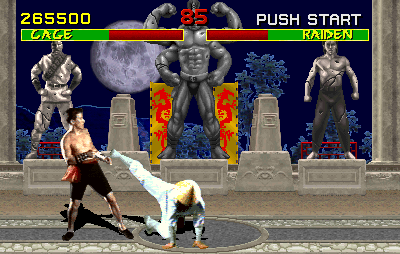 |
| http://en.wikipedia.org/wiki/Mortal_Kombat |
Portal (both 1 and 2) - not a game I've played but definitely on the list.
 |
| http://www.thinkwithportals.com/ |
A guy after my own heart chimed in next with my favourite genre - adventure games, particular the ones where you have to solve a bunch of puzzles or use detective work to move on in the game (remember my favourite game is Myst right). A few of the favourites were Day of the Tentacle and Monkey Island:
One of those games that rekindled the Scrabble craze - Words with Friends popped up next:
| http://www.wordswithfriends.com/ |
Given the topic for the talk was about gamification in enterprise platforms (and we're a Microsoft shop) the Visual Studio Achievements program got a call out.
 |
| http://visualstudiogallery.msdn.microsoft.com/bc7a433b-b594-48d4-bba2-a2f24774d02f |
Bubble Bobble!
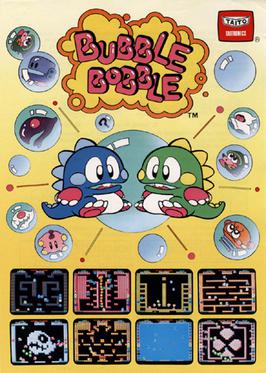 |
| http://en.wikipedia.org/wiki/Bubble_Bobble |
"Let's go to a place where everything is made of blocks". Yep - it's Minecraft - https://minecraft.net/
I figured this one would pop up at some point - the grisly 3D shooter Wolfenstein
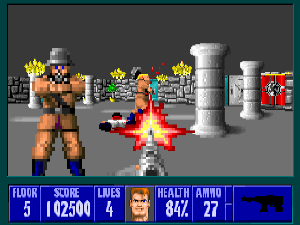 |
| http://en.wikipedia.org/wiki/Wolfenstein_3D |
All the way from 1986 - Alex Kidd in Miracle World - oh how we loved that this was the built in game on the Sega Master System.
Some more Sega goodness with Sonic 2:
 |
| http://en.wikipedia.org/wiki/Sonic_the_Hedgehog_2 |
Of course Frogger got a mention along with some other retro favourites - Bounce Zone, Duck Hunt, and another of my favourites - Commander Keen.
Spice Girls game on Playstation - I seriously did not realise this even existed. There is a game for everyone it would seem.
From our CIO - his favourite game was Bastow Manor on C64 - Youtube clip below:
And to cap it off, one of my favourites played on my first computer, an 8086 Olivetti - a very simple artillery game which involved aiming your tanks and determining angle/power in order to shoot your way over/through a mountain to hit your opponents tank: Scorched Earth.
 |
| http://en.wikipedia.org/wiki/Scorched_Earth_(video_game) |
